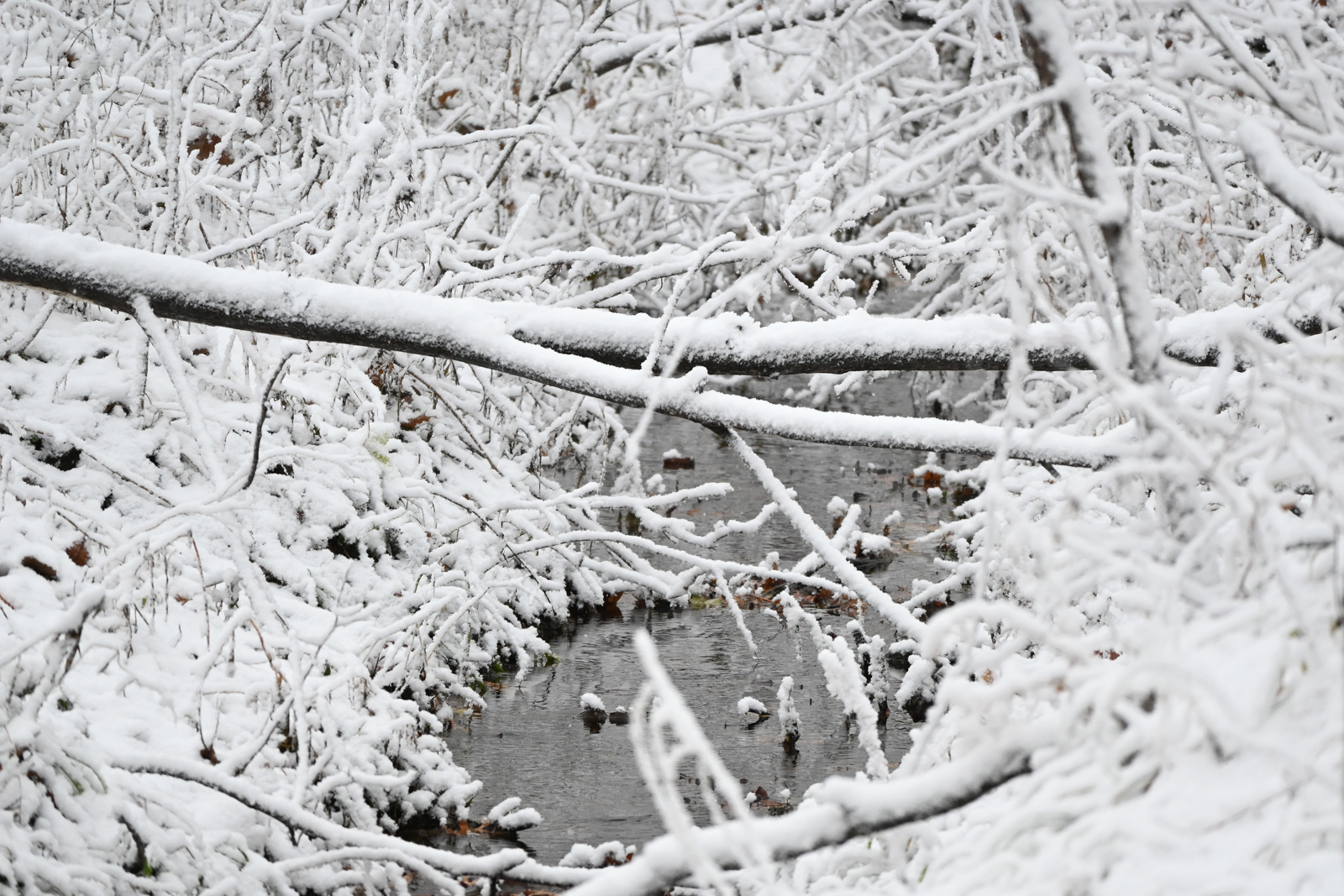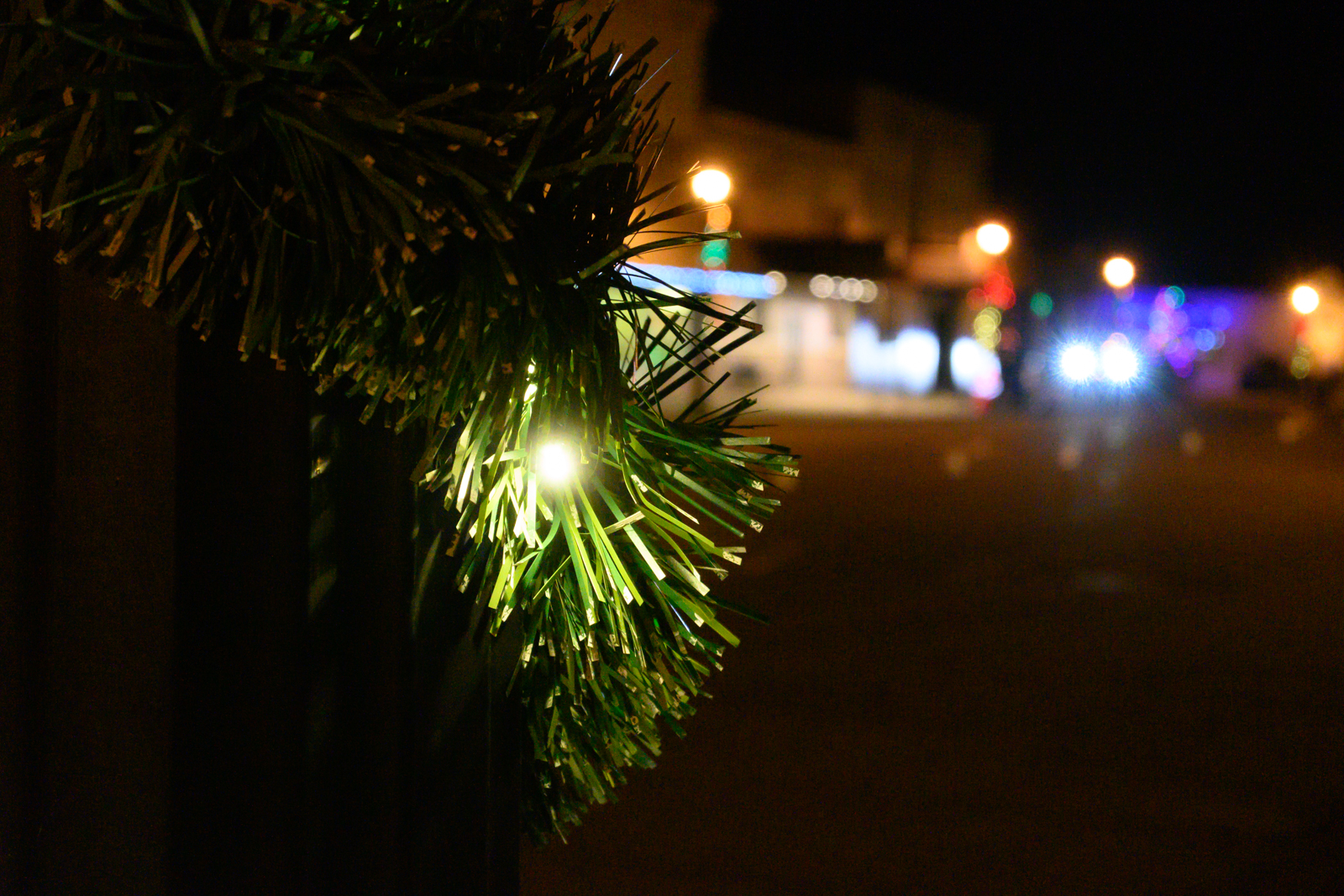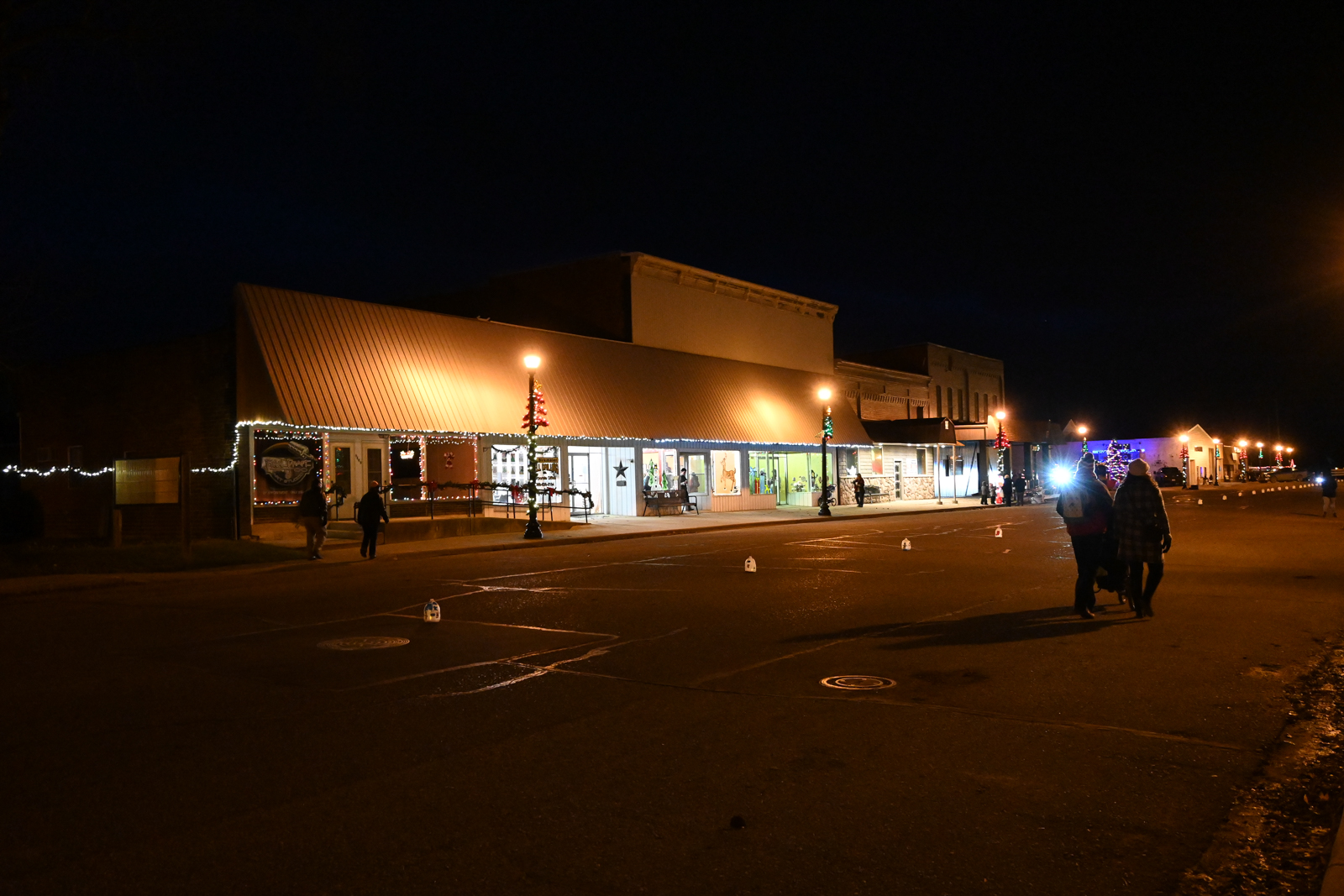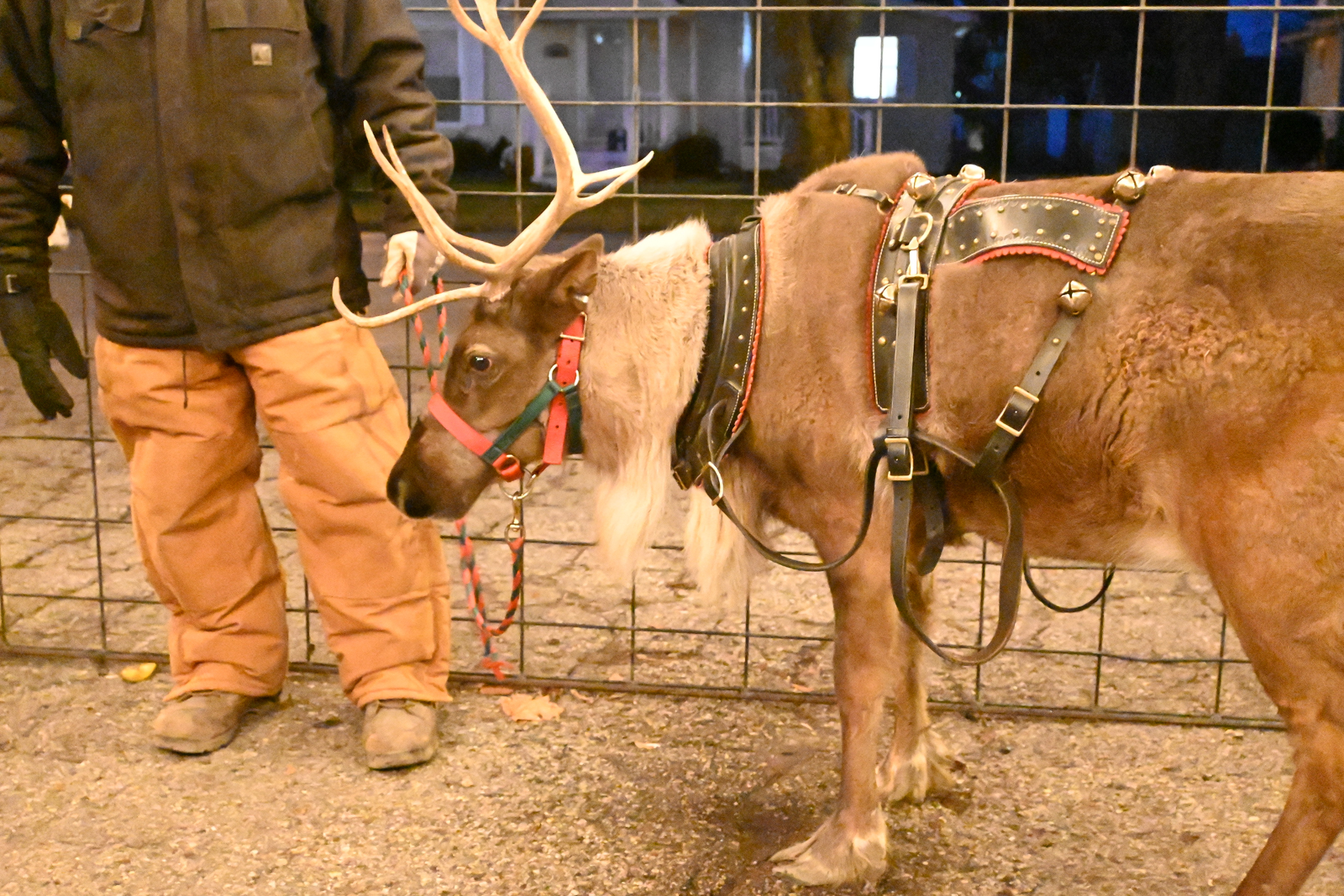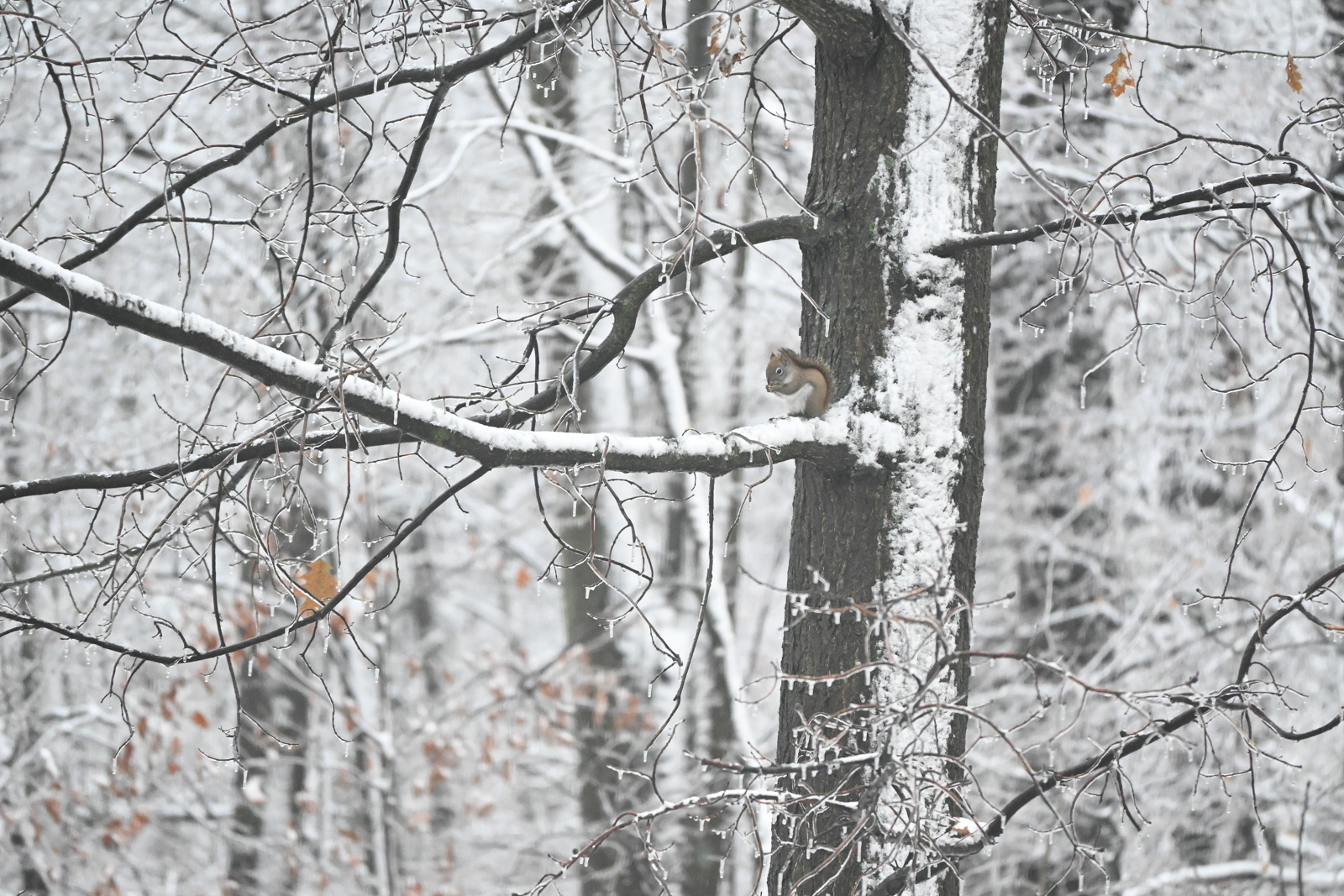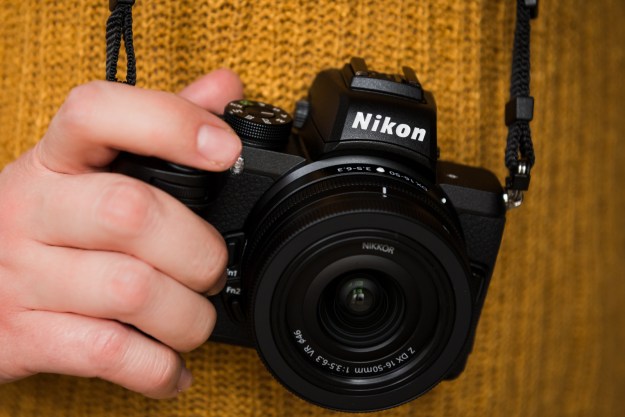
“The Z 50 lets you trim video in-camera and share it wirelessly to your phone, making it perfect for the influencer on the go.”
- Weather-sealed, ergonomic design
- Excellent image quality
- 11 fps burst speed
- Wireless video transfers
- Autofocus struggles in low light
- Few native DX lenses at launch
There are cameras for photographers, and then there are cameras for pre-photographers. The Nikon Z 50, Nikon’s smallest DX camera yet and first APS-C mirrorless camera, falls largely into the second category. Marketed towards Instagram users ready to upgrade from a smartphone, the Z 50 incorporates in-camera video editing and wireless video transfer while keeping to a design that channels an entry-level DSLR.
But the Z 50 also launches with a built-in audience — casual Nikonographers with a stash of F-mount lenses that can be easily adapted to the mirrorless Z mount. Lacking the in-body stabilization of the full-frame Z 6 and Z 7, the Z 50 makes up for its shorter feature list with a lightweight, 14-ounce body and a tiny kit lens.
After the failed Nikon 1 series, it’s good to see Nikon putting some real effort into a mirrorless camera that targets casual photographers. It’s not perfect, but the Z 50 does a lot right.
Design: A mix of old and new

The Z 50 ditches some of the high-end features of the Z 6 and Z 7, like in-body image stabilization, in order to shave off a few millimeters. Sitting at just 3.7 inches tall, the it is unsurprisingly Nikon’s smallest crop-sensor interchangeable lens camera, beating out even the diminutive D3500 DSLR.
However, Nikon can’t make the same claims about weight. At 14 ounces, the Z 50 is about 6 ounces lighter than its full-frame counterparts. But thanks to the magnesium alloy, weather-sealed exterior, it is heavier than the budget D3500, if only by about an ounce. We’ll take that extra ounce in exchange for the superior construction, rather than the plasticky feel of a cheap DSLR.
The 16-50mm kit lens is just as impressively small, measuring 1.26 inches long and weighing less than five ounces. While incredibly easy carry with you, the small size makes it possible to grab the wrong control ring. It also leaves no room for a focus scale or a AF/MF switch. Instead, manual focus must be toggled from the camera’s quick menu. Given the Z 50’s target demographic we don’t suspect many customers will mind this extra step as they’ll be happy to leave the camera in autofocus.

While smaller cameras often make severe sacrifices to ergonomics, the Z 50 manages to hit a happy medium. The grip is a nice size, wide enough to grasp comfortably for long-term use. Because of the shorter body, one’s fingers don’t wrap around the controls quite as perfectly as a DSLR, requiring the camera to sit a little higher in the palm in order to comfortably access the top controls. But, for such a small camera, it is decently comfortable to hold.
The controls are simple enough to not overwhelm new photographers, but still leave some room to grow into. There’s both a pop-up flash and a hot shoe, as well as microphone, USB, and HDMI ports — and, of course, Bluetooth and Wi-Fi.
Unlike the Z 6 and Z 7, there’s no secondary screen on the top plate, leaving more room for the mode dial, dual control wheels, and shortcuts for ISO, exposure compensation, and video. While the record button works to start shooting video in any mode, a small switch swaps between a still and video mode — this allows photographers to use one set of settings for stills and one for video, easily switching between the two.

At the front, two function buttons offer customizable shortcuts. The back continues the minimalist scheme with a few menu controls and playback options including three buttons built into the LCD screen. A autofocus joystick, unfortunately, is missing from the design.
The 3.2-inch LCD screen uses a hinge-style tilt, which still allows the screen to flip all the way forward, but at the bottom of the camera rather than out to the side. While the design is sturdy and works well for handheld selfies, this means the screen would be blocked when using a tripod, a potential issue for vloggers and YouTubers. With the screen forward, the camera automatically enters a selfie mode and locks many of the camera’s controls to prevent accidental bumps.
The Z 50 may be the first in the new DX mirrorless series, but the camera feels like a true Nikon.
Like the LCD, the 2.36-million-dot viewfinder is clear and accurate. While not as exceptional as the higher-res viewfinder on the Z 6 and 7, it is good for this class of camera. The downside — like most, but not all electronic viewfinders — is that it blacks out as a photo is taken, making following action a bit more difficult.
The Z 50 may be the first in a new DX mirrorless series, but the camera feels like a true Nikon. While we miss the joystick and taller grip of the Z 6, Nikon managed to use the real estate on the Z 50 wisely, creating a camera that’s both easy to use and flexible.
Snappy, but imperfect performance
The 1 series — the mirrorless system that Nikon would rather you forget — had many issues, but it was noted for its snappy performance. The Z 50 follows a similar vein, although it’s certainly not as fast as professional sports-oriented cameras like the Sony A9.
The 11-frames-per-second burst speed is quick and handles RAW files well. (That maximum speed isn’t compatible with flash, though.) The buffer fills up after 3 seconds of RAW photos and needs roughly 15 seconds to recover completely. For JEPGs, the camera will shoot for 8 seconds straight, and recovers in just 4; the low-speed setting keeps the Z 50 clipping along at a steady pace for much longer.
But, like Nikon’s full-frame mirrorless cameras, the Z 50 autofocus stumbles a bit. In good lighting, the camera performs as expected, focusing quickly and missing only a handful of images in continuous mode.
In dim conditions, such as indoors or outside at night, the 209-point autofocus struggles. It hunts for longer than usual, creating a delay in the shot, or sometimes never finding focus at all. That’s not to say all the low-light shots from the Z 50 are out-of-focus, but the camera has a lower hit rate than a Nikon DSLR — and some competing mirrorless cameras — in the toughest conditions.
The autofocus can’t keep up with movement and had laughable bloopers, like choosing to focus on an inflatable snowman’s face.
The Z 50’s eye AF follows a similar good-but-not-great pattern. So long as the subject is relatively still and close to the camera, it works fine (farther away, the camera locks on to faces). But the eye AF can’t keep up with a lot of movement and had some laughable bloopers — like choosing to focus on an inflatable snowman’s face instead of the person slightly farther away.
Similarly, tracking autofocus worked great in some situations, but in others, the focus indicator box would drift away from the selected subject.
While the autofocus may not be as robust as a Nikon DSLR, the Z 50 manages to do what a DSLR can’t — shoot silently. The silent mode lives up to its name — there may be some slight noise from the autofocus motor, but that’s it. However, without seeing viewfinder blackout, you can’t tell if a photo was taken.
While most cameras have a handful of in-camera editing options, the Z 50 also adds the option to trim and resave a video. That helps conserve time and battery when using the new Snapbridge capability that allows for wireless transfer for videos. Like other recent Nikons, setting up a wireless connection is simple and grants access to remote photography tools and remote transfers for existing photos, a big improvement from the clunky connections from just a few years ago.
Image quality
At first glance, Nikon appears to have stepped backwards for the Z 50. After all, it’s only 20.9 megapixels, four less than even the $400 D3500. Most companies seem to favor 24 megapixels for enthusiast models, while the new Canon EOS M6 Mark II boasts 32.
But megapixel count is a superficial and inaccurate way to measure image quality. Images from the Z 50 sensor are 5,568 pixels wide, while images from a 24-megapixel camera are 6,000 pixels wide. That difference is good for moving up another 1.8 inches in print size, but few will actually notice the difference — especially the Z 50’s target customer of Instagram users.
Most will, however, notice the difference in image quality when it comes to noise. Generally, the more pixels you cram onto a sensor, the more susceptible that sensor is to noise. With fewer megapixels and a the new EXPEED 6 processor, the Z 50 handles high ISOs beautifully. With some adjustments to the RAW file, ISO 3,200 doesn’t even look like a high ISO. Even without editing, noise at is still unobtrusive. Photographers can shoot confidently even at ISO 6,400, and pushing beyond that quality only steps down from excellent to good.
At and under ISO 6,400, sharpness is excellent from the Z 50, a trend that we’ve been seeing with all Nikon’s Z cameras, thanks in part to the new lens mount. Swapping out the Z 50’s inexpensive kit lens for the pricier 24-70mm f/4 Z lens eked out a bit more sharpness, but at a level that’s likely not noticeable in real-world shooting.
Video quality follows much of the same pattern, with excellent sharpness and color. The autofocus looks smooth, though it didn’t always adjust as fast as we’d like. 4K offers excellent detail, while Full HD offers a wider range of frame rates.
While the body is not stabilized, the 16-50mm kit lens is. We were able to shoot sharp stills down to 1/25 second, and handheld video wasn’t nausea-enducing. At this time, only two Z DX lenses are available, the second being a 50-250mm f/4.5-6.3, which is also stabilized. For any other focal lengths, you’ll either need to spring for full-frame Z glass or adapt Nikon DSLR lenses, neither of which will maintain the slim profile of the Z 50.
Our Take

The Nikon Z 50 is an impressive start for the first APS-C model in the Z series. It’s a solid design, shoots excellent images, and offers generally fast performance. Simple connectivity and in-camera video trimming help make it ideal for influencers that want to shoot and share without plugging into a computer. Autofocus lags behind some DSLRs and competing mirrorless cameras, however, particularly when working with limited light.
Starting at around $850, the Z 50 is also reasonably priced and compares favorably to other cameras in this class.
Is there a better alternative?
While the Z 50 is a strong little camera, the autofocus performance keeps it from dethroning favorites like the Fujifilm X-T30 and Sony A6100. We prefer the design of the Nikon over the A6100, but Sony’s autofocus system is a clear winner. The X-T30 also gets high marks for the autofocus system, though the Z 50 may be more ergonomic. The Z 50 is also the only one in this grouping to be weather-sealed.
How long will it last?
This camera is well-built and feels sturdy in the hands. Short of any catastrophes, it should keep shooting for several years. The Z 50 also shares lenses with the full-frame Z 6 and Z 7, leading to a clear upgrade path.
Should you buy it?
Yes, especially if you have a stash of Nikon lenses. Hold off, however, if you take a lot of photos indoors or in low light — while the Z 50’s high ISO performance is admirable, its autofocus can fail in these situations.
Editors' Recommendations
- Best camera deals: Save on DSLR, action cameras, point-and-shoot
- New Nikon camera gear for space station marks end of an era
- Vloggers, Nikon has built a new camera just for you
- Nikon launches the Z9, a pro-grade camera without a mechanical shutter
- Fujifilm’s GFX 50S II is the cheapest medium-format camera ever



